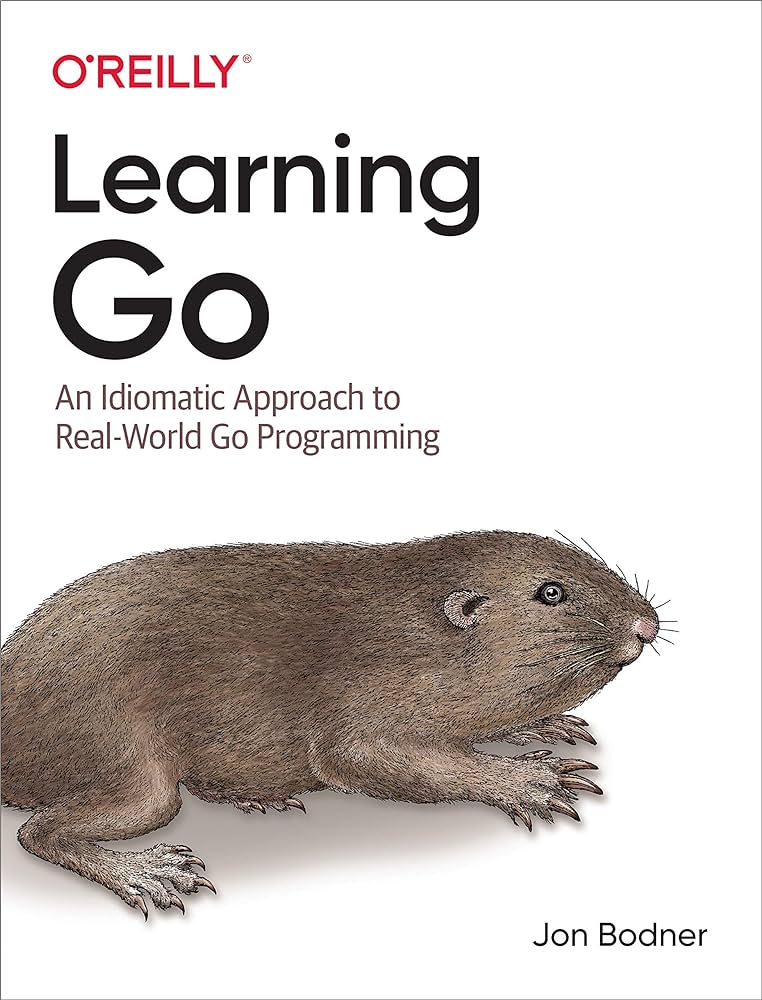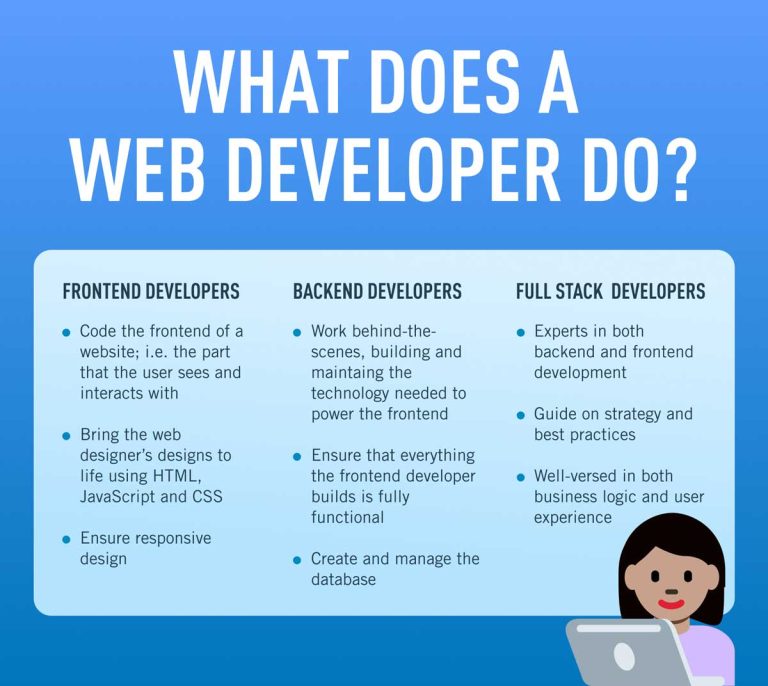Learning Go: An Idiomatic Approach To Real-world Go Programming
Learning Go: An Idiomatic Approach To Real-world Go Programming is a comprehensive guide to the Go programming language. It provides a clear and concise explanation of Go’s idioms and introduces Go’s unique features. It also offers a hands-on approach to learning Go through numerous examples and exercises. This book is essential for anyone wanting to get started with Go programming, from beginners to experienced developers. It will provide the reader with a solid foundation in the language and its various features. With this book, you will quickly become comfortable with the language and be ready to start building real-world applications.
Getting Started with Go
Go is an increasingly popular programming language that is being used in many areas, from web development to data science and even machine learning. It has a simple syntax and is easy to learn, making it an ideal language for beginners. But for those who are already familiar with the language, there are still plenty of opportunities to learn and grow. Learning Go: An Idiomatic Approach To Real-world Go Programming provides an excellent guide for those looking to develop their skills in the language. This comprehensive guide covers everything from basic syntax and data structures to advanced topics such as concurrent programming, testing, and debugging. With a focus on idiomatic Go code, readers will be able to better understand the language and use the best practices to create efficient, high-quality applications. Additionally, readers will also learn about the Go toolchain, debugging strategies, and how to use the popular packages and frameworks available in the Go ecosystem. By the end of the guide, readers will have a solid foundation in the language and be able to use it to build powerful, efficient, and reliable applications.
Using Variables and Types in Go
Go is an incredibly versatile language, and it offers a plethora of ways to use variables and types. Go variables are declared using the var keyword, and types are declared using the type keyword. Go variables can be declared with an explicit type or an implicit type, depending on whether the variable is assigned a value at the time of declaration. Go types can be either primitive or user-defined.
Primitive types are built-in types such as int, float64, and string, and are used to represent basic types of data. User-defined types are custom types created by the programmer to represent more complex data structures. Go also offers the ability to define multiple types from a single type using the type alias keyword.
In addition, Go offers a number of features related to variables and types, such as type casting, type inference, and type assertions. Type casting enables a value of one type to be interpreted as another type. Type inference allows a variable or constant to be declared without specifying its type, allowing the compiler to infer the type from the value assigned to it. Type assertions allow a type to be explicitly checked and enforced, ensuring that the value passed is of the expected type.
Go provides a wide range of features to help developers create powerful and efficient applications. Knowing how to use variables and types effectively is essential to writing idiomatic Go code. With a thorough understanding of Go’s variables and types, developers can create applications that are robust, efficient, and maintainable.
Writing Functions in Go
Understanding how to write functions in Go is essential for any programmer. Go has a unique approach to writing functions, which is different from many other programming languages. Go functions have a simple syntax, which makes them easy to learn and use. Additionally, Go functions can accept multiple arguments and return multiple values.
When writing Go functions, it’s important to understand how data types work. Go has a number of built-in data types, including strings, integers, and floats. Additionally, Go supports user-defined types, such as structs and interfaces. Knowing how to use these types is key to writing effective functions.
It’s also important to understand how to use parameters and return values. Go functions can accept parameters, which can be used to manipulate data passed to the function. Additionally, Go functions can return values, which can be used to store the results of the function’s execution.
Finally, it’s important to understand how to use control flow in Go. Go has a number of powerful control flow tools, such as conditionals, loops, and switch statements. Knowing how to use these tools is key to writing effective functions.
Writing functions in Go can seem daunting, but with the right tools and understanding, it can be a fun and rewarding experience. With an idiomatic approach to writing Go functions, programmers can create powerful applications that leverage the unique features of Go.

Working with Structs and Interfaces in Go
Structs and Interfaces are two important concepts in Go programming. Structs are used to define an object or record that contains a set of related data, while Interfaces are used to define a set of behaviors that the object can perform. Knowing how to properly use Structs and Interfaces in Go is essential for developing robust and efficient applications.
When first starting out with Go, it’s important to understand the differences between Structs and Interfaces. Structs are used to store data, while Interfaces are used to define behaviors. Structs are defined using the “struct” keyword, and Interfaces are defined using the “interface” keyword. Structs allow for easy access to their fields, while Interfaces allow for more complex behavior.
Learning how to properly use Structs and Interfaces in Go is critical for developing high-quality applications. Structs allow for easy organization of data, while Interfaces allow for complex behavior to be defined. Structs can be used to store data, and Interfaces can be used to define behaviors that the object can perform. Additionally, Structs and Interfaces can be used together in order to create powerful abstractions that can be used to simplify application development.
By properly using Structs and Interfaces in Go, developers can create efficient and robust applications. Structs and Interfaces provide a powerful way to abstract complex code and create powerful abstractions that simplify application development. Understanding the differences between Structs and Interfaces and how to properly use them is essential for developing high-quality Go applications.
Writing Concurrent Code in Go
Go is a language designed for concurrency, which makes it an ideal choice for developing distributed applications. It has built-in features that enable developers to write concurrent code that is easy to understand and debug. Go’s concurrency model is based on goroutines and channels, which are lightweight processes and thread-safe communication mechanisms, respectively. By utilizing these features, developers can write concurrent code that is both efficient and reliable.
When writing concurrent code in Go, developers should be aware of a few important concepts: synchronization, deadlock, race condition, and parallelism. Synchronization ensures that multiple goroutines are able to share resources without interfering with each other. Deadlock occurs when two or more goroutines are waiting for each other to finish before continuing, leading to a stalled program. Race conditions occur when multiple goroutines access and modify shared resources without proper synchronization, leading to unexpected results. Finally, parallelism is the practice of running multiple tasks simultaneously to take advantage of multiple CPU cores.
By understanding these concepts, Go developers can write concurrent code that is reliable, efficient, and scalable. Go provides an extensive set of tools and libraries that make concurrent programming easier than ever before. With these tools, developers can write code that is both idiomatic and performant, allowing them to create powerful distributed applications.
Deploying Go Applications
Go is one of the most popular programming languages in the world today. It is a language designed for building applications for various platforms and architectures. As such, deploying Go applications is an important part of the development process. This article will provide an overview of the steps and processes involved in deploying Go applications, as well as some best practices for ensuring successful deployments.
The first step in deploying an application is to package it into a format that can be uploaded to a server. Go applications can be packaged into any number of formats, including Docker containers, Kubernetes deployments, and more. Once packaged, the application can be uploaded to the server and configured to execute correctly.
Once the application is running, it is important to monitor it for any errors or performance issues. It is also important to ensure that the application is secure and that any vulnerabilities are patched quickly. Go applications can also be configured to automatically update themselves to the latest version.
Finally, it is important to test the application thoroughly before releasing it into production. This helps to ensure that the application meets the requirements for the desired deployment platform. It is also important to ensure that the application is tested on multiple platforms and architectures to ensure compatibility.
By following these steps, developers can ensure that their Go applications are deployed successfully and securely. With the right processes, Go applications can be deployed quickly and easily, allowing developers to focus on building great applications.
FAQs About the Learning Go: An Idiomatic Approach To Real-world Go Programming
1. What is the scope of this book?
Answer: This book provides a comprehensive overview of the Go programming language and its idioms. It covers everything from the basics of the language to advanced topics such as concurrency, networking, and web development.
2. What levels of expertise does this book cover?
Answer: This book is suitable for all levels of expertise, from beginners to experienced developers. It provides a thorough introduction to the language and its core features, while also offering more advanced topics to challenge and refine your skills.
3. Does this book cover real-world applications of Go?
Answer: Yes, this book covers real-world applications of Go, such as web development, databases, and networking. It also includes a number of practical examples and exercises to help you get started and apply what you learn.
Conclusion
Learning Go: An Idiomatic Approach To Real-world Go Programming is an excellent book for those looking to gain a better understanding of the Go programming language. It provides a comprehensive overview of the language while also providing a practical approach to writing code. It is written in a simple and easy to understand language and contains numerous examples and exercises to help readers gain a better grasp of the language. It is a great resource for those looking to learn the basics of Go programming and for those who want to hone their skills and dive deeper into the language.





